
Highly efficient, digital total prosthetics with VITA VIONIC FRAME
VITA VIONIC SOLUTIONS (VITA Zahnfabrik, Bad Säckingen, Germany) is a comprehensive material system for the digital production of full dental prosthetics. With VITA VIONIC FRAME, this system includes a tooth frame solution for CAM technology modifications of the prefabricated prosthetic teeth, according to the digital prosthetic set-up, a bonding system and various material blanks for CAM production of try-ins and prosthetic bases. The VITA tooth library integrated in the CAD software also offers a unique variety of set-up concepts, ensuring that even complex cases can be solved virtually at the touch of a button. In the following case report, Dentist Dr. Christiane Weber, Master Dental Technician Franz Hoppe and Dental Technician Benjamin Zilke describe how they were able to use the VITA VIONIC material system and the CAD/CAM solution Ceramill FDS (Amann Girrbach, Pforzheim, Germany) to implement an esthetically and functionally outstanding, full prosthetic restoration in a highly efficient way.
1. Initial situation
A 70-year-old patient visited the practice because he was not satisfied with the function and esthetics of his total prosthetic restorations. He wanted a new restoration with a firm, stable fit and age-appropriate, vibrant prosthetic teeth producing an esthetic appearance. In order to provide the patient with an efficient total prosthetic restoration, the dental technology team decided to use digital production. In addition to its efficiency, the digital workflow also ensures a high degree of fitting precision for the dentures, as CAM denture bases can be produced with absolutely no deformation. In order to meet the esthetic expectations of the patient, the team opted for the VITA VIONIC FRAME dental frame solution with the highly esthetic VITAPAN EXCELL anterior teeth, which are particularly impressive due to their golden ratio.
2. Analog preparation and digitalization
For successful digital production, all clinically relevant information must be transmitted to the laboratory via an analog method. A precise anatomical impression, an exact-fit functional tray, a mucodynamic impression that suctions in place without shifting and a convincing jaw relationship determination are therefore essential. The working models were initially digitized individually in the laboratory scanner Ceramill Map 400+. Afterwards, the scan of the two models was performedwith the Ceramill Fixator in relation to the jaws, according to the axis relationship in the articulator. After the vestibular scan of the models without jaw relationship determination, the four data sets could be matched, whereby the models were digitally available in the correct vertical dimension.
3. Digital dentures at the touch of a button
The STL data set was transferred to the CAD software Ceramill Mind. The guided digital model analysis was performed according to TiF® (total prosthetics in function). After selecting the posterior teeth VITAPAN LINGOFORM and the anterior teeth VITAPAN EXCELL from the tooth library in the CAD software, the digital set-up could be implemented at the push of a button. Afterwards, the direction of insertion and the functional edges were determined virtually using a variety of design tools, and the denture bases were designed. In the next step, the design data was transferred to the CAM unit Ceramill Motion 2 and a gingiva-colored denture base was milled from a VITA VIONIC WAX material blank for try-in. Finally, the denture teeth were finished in the VITA VIONIC FRAMES CAM-technically basal-circular to fit the milled cavities of the base and fixed in the wax base.
4. Finishing the digital dentures and conclusion
After successful clinical try-in of the wax-up, the bases were permanently milled from the PMMA VITA VIONIC BASE. After cleaning and conditioning the denture teeth, they could be permanently bonded into the milled alveoli of the base with the unique two-component adhesive VITA VIONIC BOND with high precision and absolutely gap-free. For this purpose, the bonding adhesive was applied with a fine brush to the cervically conditioned tooth and the caries of the base. This was followed by polymerization within twenty minutes at 55°C and 2.0bar. Finally, the mucogingival anatomy was individually shaped with the flowable and light-curing veneering composite VITA VM LC flow. During the seating process, the patient was impressed by the stable fit and natural appearance of his delicately designed new restorations.
Report 04/20

Dentist Dr. Christiane Weber Rheine, Germany and
Master Dental Technician Franz Hoppe Wallenhorst, Germany and
Dental Technician Benjamin Zilke Wallenhorst, Germany
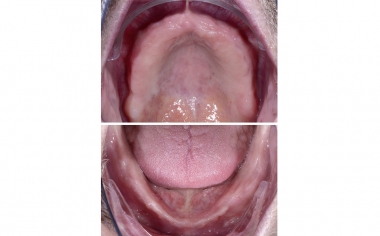
INITIAL SITUATION Except for the pointedly tapering hyperplastic mucosal tissue in the incisal area, the lower jaw also offered stable conditions.
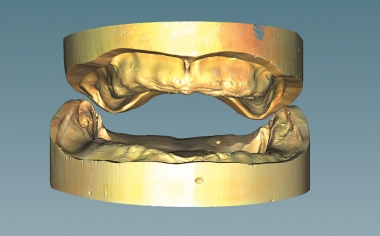
Fig. 2 The scan of the two working models in relation to the jaws, according to the axis relationship in the articulator.
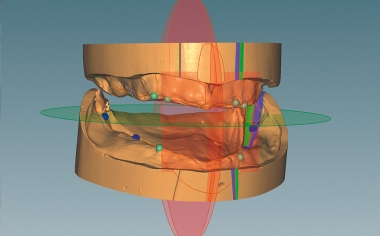
Fig. 3 The CAD software Ceramill Mind guided through the virtual model analysis according to TiF®.
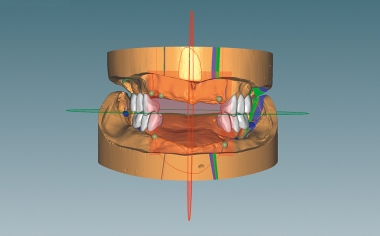
Fig. 4 At the touch of a button, the posterior teeth could then be set up with VITAPAN LINGOFORM.
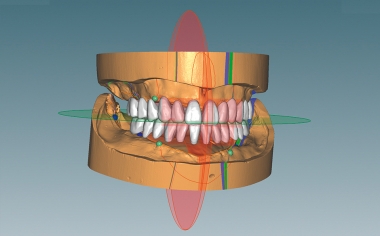
Fig. 5 With a second push of a button, the VITAPAN EXCELL was positioned in the anterior region.
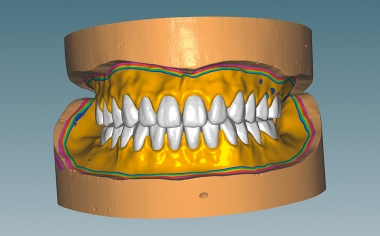
Fig. 6 Afterwards, the functional edges could be defined and the denture bases could be designed.
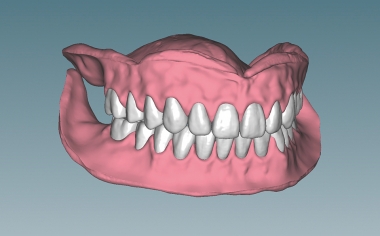
Fig. 7 The finished fabricated total prosthetic restorations in final bite position.
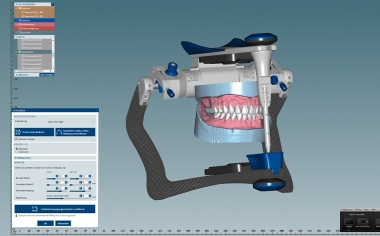
Fig. 8 Finally, the dynamic occlusion was checked in the virtual articulator.
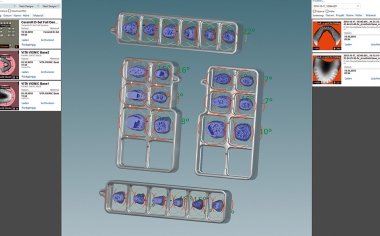
Fig. 9 The VITA VIONIC DD FRAMES in the CAD software before the circular-based CAD modification of the denture teeth.
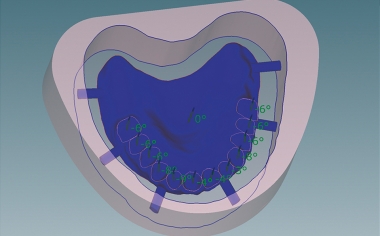
Fig. 10 Nesting of the designed maxillary base in VITA VIONIC WAX.
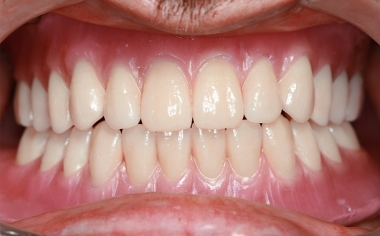
Fig. 11 No occlusal modifications were necessary during the clinical try-in. The esthetic results were very impressive.
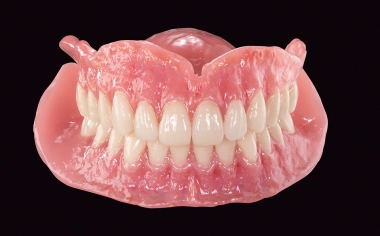
Fig. 12 The completed total dentures after finishing, polishing and individualization of the lip shield using VITA VM LC flow.
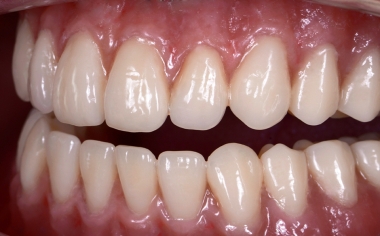
Fig. 13 The mucogingival anatomy was reproduced naturally using the veneering composite VITA VM LC flow.
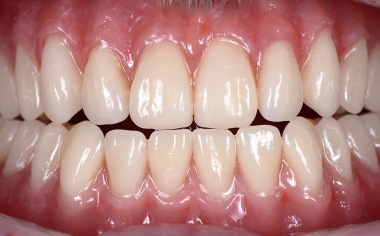
RESULT The integrated definitive total prosthetic after CAD/CAM-supported fabrication. The restoration appeared vibrant and completely natural.